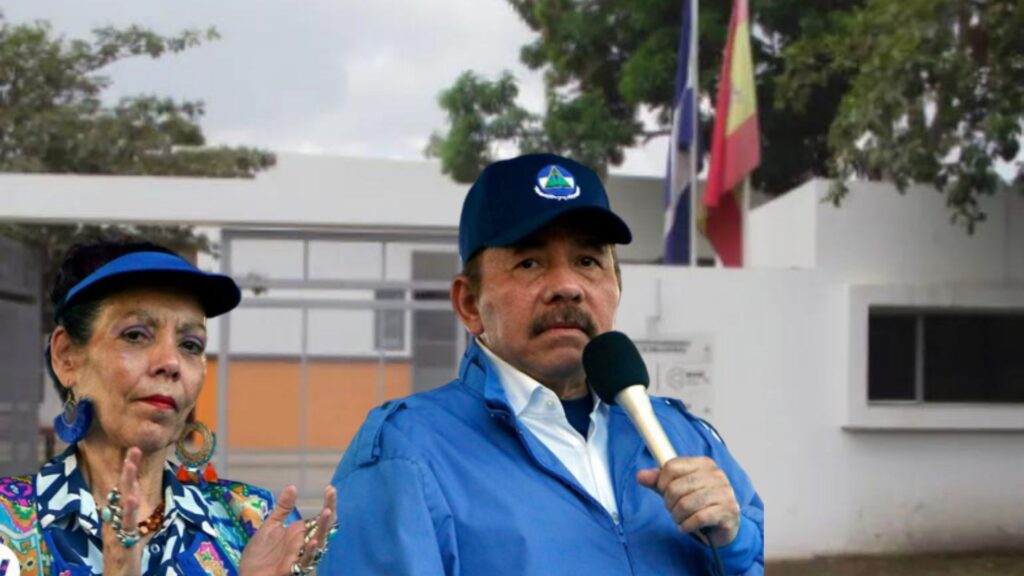The General Directorate of Public Health of the Ministry of Health (Minsa) issued the National Plan for the surveillance, prevention, control and care of monkeypox, despite the fact that no suspicious case has yet been presented in Panama.
The objective of the National Plan is to provide technical guidance on actions for the comprehensive approach to monkeypox cases in public and private health facilities at the national level, in order to capture and timely address those cases that are considered suspicious.
The National Plan establishes epidemiological surveillance at entry points such as ports, airports and border crossings with the aim of evaluating travelers from endemic or non-endemic countries affected by cases of monkeypox.
Epidemiological surveillance is intended to timely detect the introduction of the disease in the country, daily monitor the appearance of possible suspected cases and confirmed cases of monkeypox.
The Ministry of Health recommends the following measures: avoid direct or indirect contact with blood, body fluids and skin lesions. Also, keep washing your hands with soap and water or alcohol gel frequently.
If you present symptoms such as fever, chills, headache, muscle aches, back pain, or extreme fatigue, the Minsa recommends seeking immediate medical attention.
Monkeypox is transmitted primarily by direct or indirect contact with blood, body fluids, skin lesions, and from person to person through air droplets.
Monkeypox infection is divided into two periods: the invasion period between days 0 and 5, characterized by fever, severe headache, lymphadenopathy (swollen lymph nodes), low back pain, myalgia (muscle pain) and severe asthenia. The period of skin rash between 1 and 3 days after the onset of fever and is characterized by the appearance of different rashes, which usually affects the face first and then spreads to the rest of the body.











